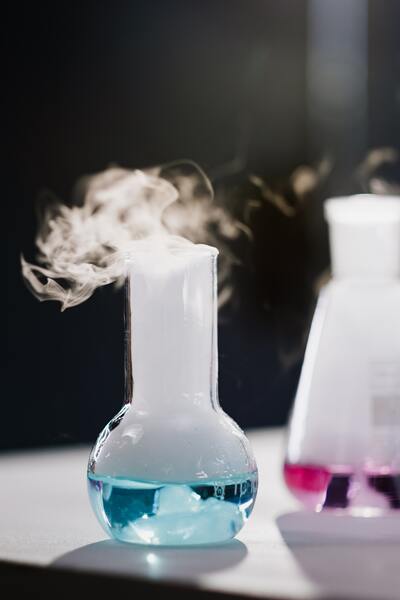Impact of aluminum surface area on the rate of reaction with aqueous copper (II) chloride solutions
(1) Milton Academy, Milton, Massachusetts
https://doi.org/10.59720/22-259
Throughout this experiment, we investigated the change in reaction temperature over the course of 120 seconds, with 30 second benchmarks, following the introduction of either aluminum strips or granular aluminum to variable concentrations of CuCl2(aq) in order to gain insight into the role that metal surface area plays within the rate of this single replacement reaction. We prepared solutions of CuCl2 (ranging from 0.33M to 1.00M) and mixed each solution with aluminum strips and granular aluminum; we then conducted three trials for each resulting reaction. We found that, for the aluminum strips, the experiments demonstrated an expected increase in temperature, with the 0.33M mixture increasing by 5.2 degrees, 0.66M mixture increasing by 14.8 degrees, and the 1.00M mixture increasing by 36.4 degrees. However, granular aluminum did not follow this same trend, as the temperature of the 0.33M mixture increased by 9.8 degrees, the temperature for the 0.66M mixture increased by 29.3 degrees, and the temperature for the 1.00M increased by 25.6 degrees. It was demonstrated that when CuCl2 solutions were mixed with aluminum strips, the change in temperature followed a linear relationship, however when CuCl2 was mixed with granular aluminum, the 0.33M mixture created a linear trend, but the 0.66M mixture and the 1.00M mixture did not show a trend, thereby concluding that by collision theory, the greater surface area inherent to granular aluminum allowed a faster reaction rate compared to the aluminum strips.
This article has been tagged with: